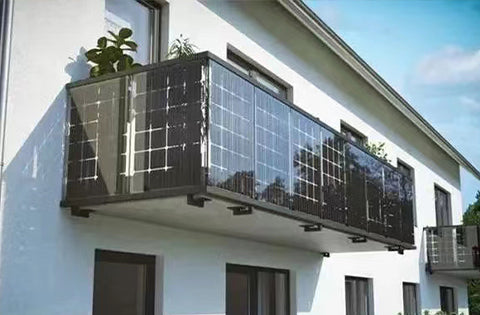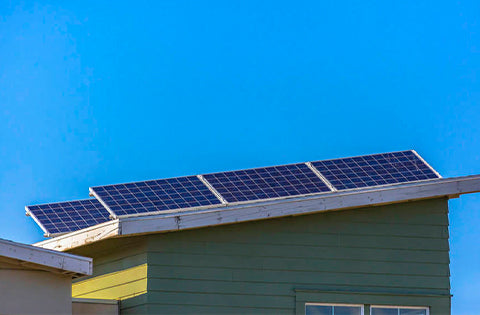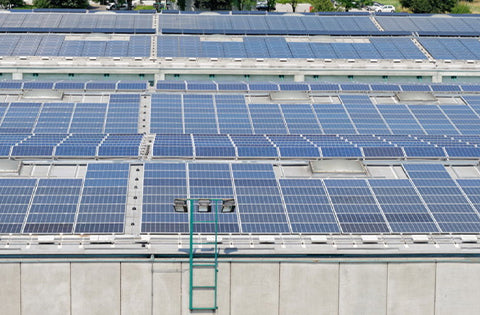To power the devices of humans, photovoltaic systems can be used to create electricity from solar energy and convert it to electricity. Solar panels, which collect and convert sunlight into power, are only one system component. The other component is a solar inverter, which converts direct current (DC) electricity into alternating current (AC). In addition, the device can be designed with a solar tracking system and an integrated battery, which will result in increased overall performance. This is possibly the most detailed description of the PV Balkonkraftwerk that can be provided.
PV balcony power plant: system specifications
PV systems should not be confused with other solar technologies, such as concentrated solar power or solar thermal, used for heating and cooling. Instead, PV systems are designed to generate electricity. With PV systems, there is no such thing as a balance of system,“ but merely the visible solar array used to generate electricity (BOS). PV systems are available in various sizes and capabilities, ranging from small rooftop-mounted or building systems with capacities of a few kilowatts to massive utility-scale power plants with hundreds of megawatts of power output capability. PV systems that are off-grid or stand-alone are currently in the minority, with grid-connected systems accounting for most installations.
What is the current state of solar power plants
An array of photovoltaic cells turns solar radiation into electrical energy that can be used. The solar array is only a portion of the whole system’s components. Some classifications are grid-connected versus stand-alone systems, building-integrated versus rack-mounted systems, residential versus utility-scale systems, distributed versus centralized systems, and ground-mounted versus rooftop systems. In addition, PV systems can be classified according to whether they are newly constructed or retrofitted systems. Among the differences between systems include using a microinverter against a central inverter, using crystalline as opposed to thin-film silicon, and using a module versus a microinverter.
What is the alternative for PV balcony power plant
If you don’t have a balcony, your solar panels will likely be mounted on the ground rather than on a high surface. Solar panels usually come with some mounting, whether a simple ground mount or a more complex pole mount. They’re usually made of metal and must be driven into the ground to keep the panels in place. Pole mounts are far more sophisticated than ground mounts because they are mounted on a single pole and tilt toward the light source as it moves, which is the sun. You’ll want to put your solar panels in the location where you’ll be using them, probably your garden. Make sure they’re not too far away from your garden, as that’s where we’ll be using the power.
Utility-scale and other figures
As a result of technological advancements, improved manufacturing scale, and increased manufacturing competency, photovoltaics are becoming increasingly cost-effective to produce. As a result, the world has seen more than one million solar photovoltaic (PV) systems in recent years, with the vast majority being in Europe and the United States. Photovoltaic (PV) systems account for more than 14 million installations in Germany alone. With nearly four times the amount of capacity added in 2006, the global photovoltaic (PV) market will have grown to more than 200 gigatonnes (GW) by 2015. At the moment, these types of gadgets generate only 1% of the world’s electricity.
To learn more about photovoltaic power generation, please follow SOLARPARTS official website:
Twitter: Solarparts Instagram: Solarparts
Tumblr: Solarparts Pinterest: Solarparts
Facebook: Shenzhen Solarparts Inc
Email address: Philip@isolarparts.com
Homepage: www.isolarparts.com





